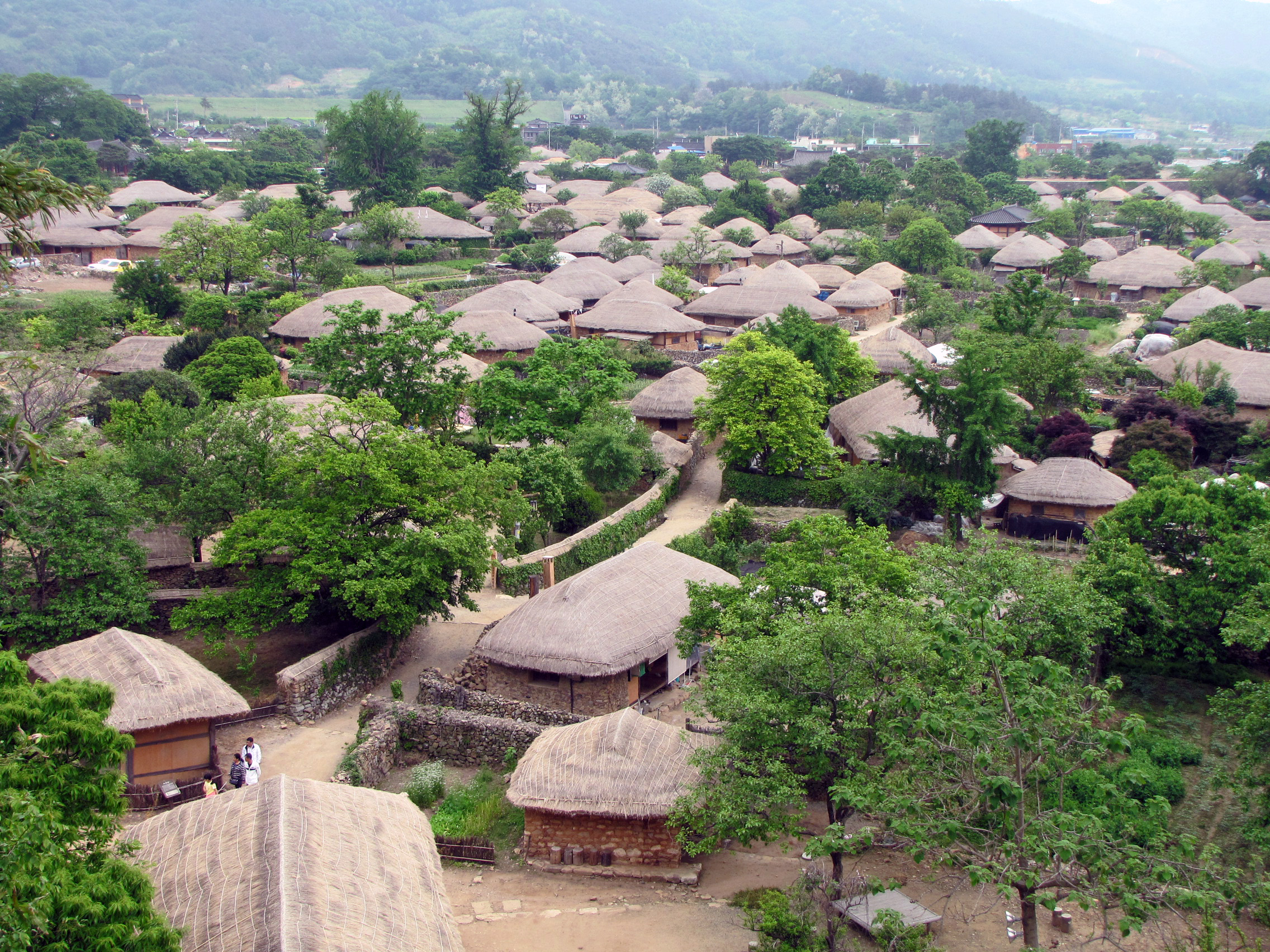Yeongam Gurim Village
As well as being a historical South Korean village, Gurim is also close to the Wolchulsan National Park. The national park is one of smallest and least well known in the country, which makes it quiet and relatively free from coach tours of tourists. The park reaches 800 meters above sea level at its highest point, which offers outstanding views of the area. Gurim Village is nearby and is famed for its old buildings and pottery.













